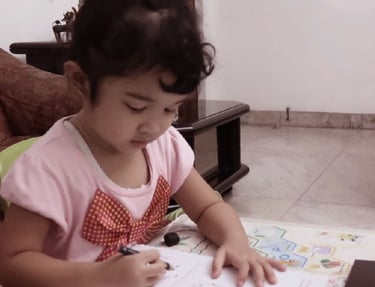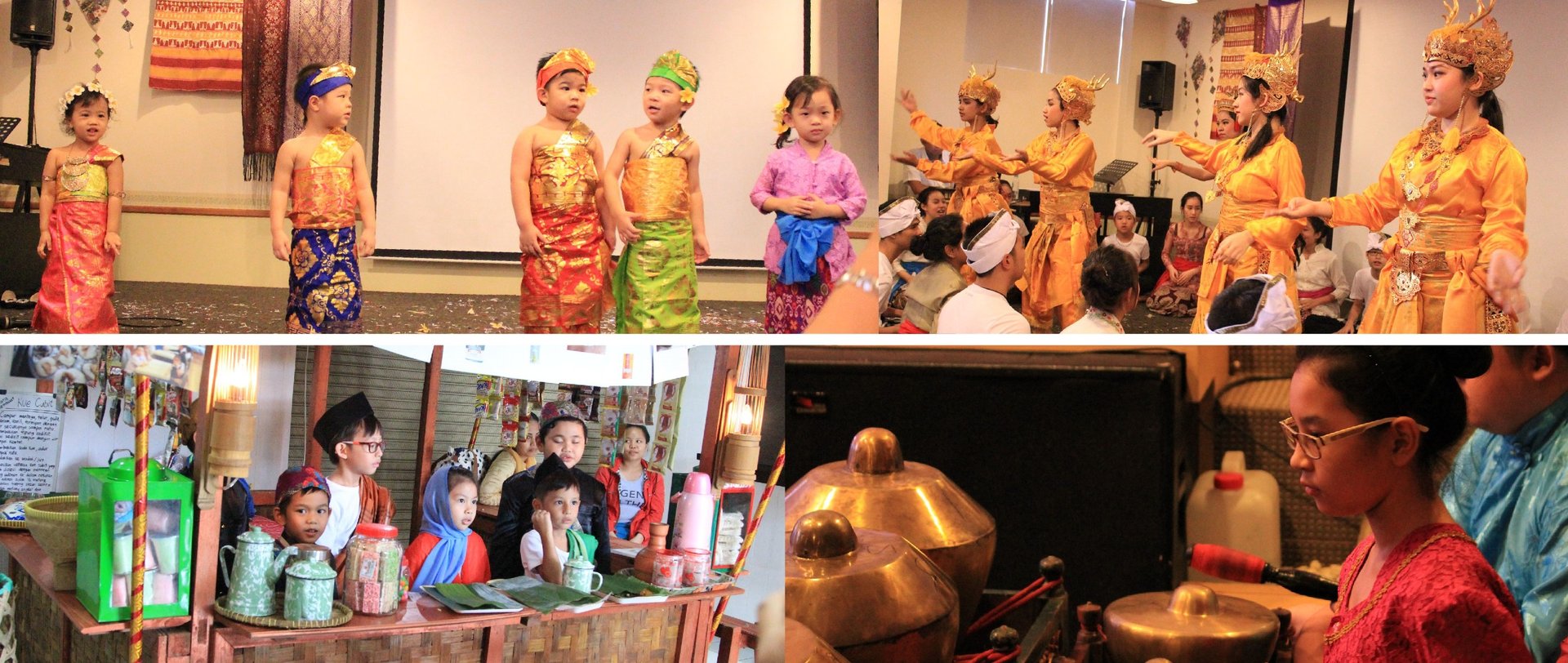HOME SCHOOL
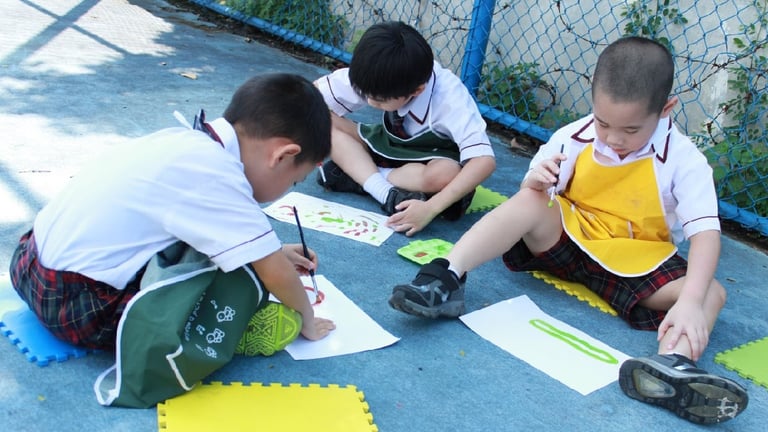

According to the Indonesian Dictionary (KBBI), the definition of “school” is not limited to a building or institution where teaching and learning take place, nor merely a place for receiving instruction according to levels, subjects, or specific time schedules. It also refers to the pursuit of knowledge or wisdom, as well as instruction or education in a broader sense.
This broader understanding of education is what led John Holt, in 1977, to publish the magazine “Growing Without Schooling” and to promote the unschooling movement. He emphasized that education should not be confined by institutions, buildings, rooms, schedules, grade levels, or academic tracks—but instead, should allow children the freedom to discover themselves through a more natural and self-directed learning process.
Jiddu Krishnamurti, a renowned writer and speaker on the subject of life, once said that the purpose of education is to help us from an early age not to imitate others, but to always be ourselves.
“For You created my inmost being; You knit me together in my mother’s womb. I praise You because I am fearfully and wonderfully made; Your works are wonderful, I know that full well. My frame was not hidden from You when I was made in the secret place, when I was woven together in the depths of the earth. Your eyes saw my unformed body; all the days ordained for me were written in Your book before one of them came to be.”
— Psalm 139:13–16
This leads us to a profound question: Regardless of the term or educational model we use—be it school, non-schooling, homeschooling, or home education—what truly matters is the purpose behind it.
At the heart of education is the journey of every individual to discover the answers to life's essential questions:
Who am I? Where am I going? And how can I live a life that brings meaning and purpose?
Education by the Family
The Family as the Foundation of Education
The family is the smallest and most foundational institution where life begins. At the very moment life begins, so does education. Education is a process of transferring and shaping life that already exists within the father and mother—including values, beliefs, and long-established habits—regarding what is important and unimportant, good or bad, worthy or unworthy. Whether consciously or unconsciously, these values, beliefs, and habits are passed down through example and instruction, shaping each life uniquely and meaningfully.
When education within the family is not carried out properly, a child may struggle to discover their identity or sense of self. They may not understand why they were born, how to interact with their environment or even with their own family, and they may become fearful of looking toward their future. If this condition persists, we will see children who are easily swayed, lack confidence, and constantly search for something outside themselves to uphold a false sense of identity—by copying or imitating what they perceive to be good and right.
When a child begins to imitate others, internal conflict arises—not only with their family and surroundings, but also within themselves.
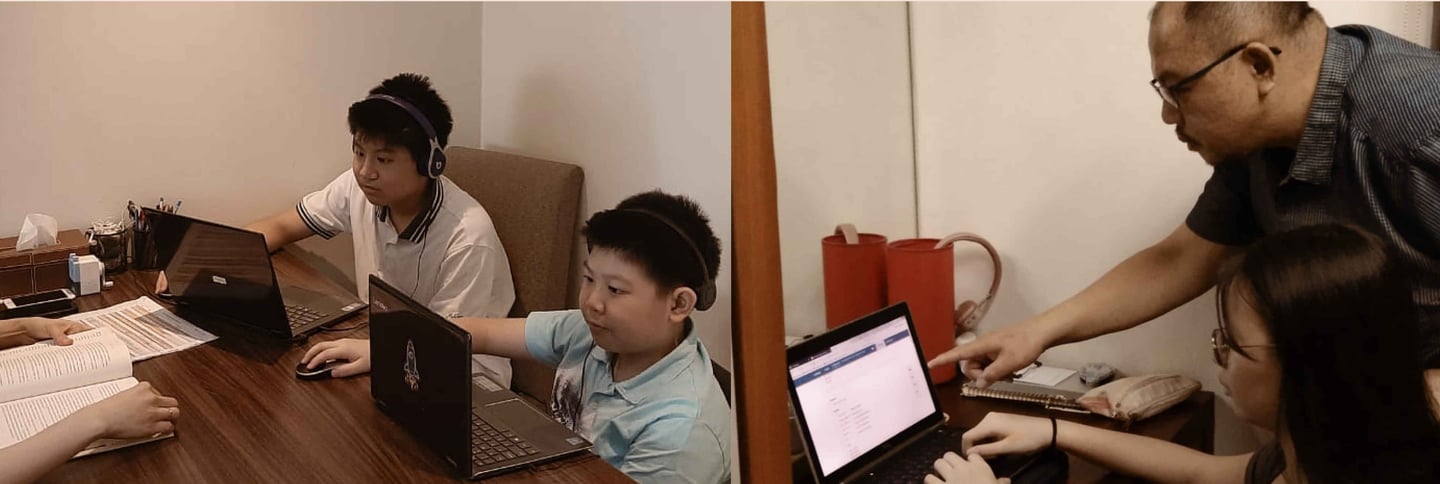

Education by the Community
The Success of Home Education and Community Interdependence
The true success of home education can only be measured when the children raised within the family contribute meaningfully to the success and progress of the wider community. Families that raise their children well will not weaken one another, but rather build mutual meaning and strengthen the potential around them—this is the essence of interdependency.
To support the community's development and to cultivate excellence, each family must develop skills that meet the practical needs of those around them. A community where families complement each other’s strengths will naturally grow stronger and more resilient.
For example, in Bali, the village hall (Balai Desa) remains a hub where cultural heritage is preserved and passed on. The people of Bali continue to teach their youth traditional dances, musical instruments, wood carving, and painting. These skills, handed down through generations, have not only kept the culture alive but also made Bali a world-renowned tourist destination.
Similarly, since 2006, Kauman has been known as a batik tourism village. This tradition began during the reign of King Pakubuwono III of the Surakarta Palace, who taught members of the royal court and their families to make classical batik (pakem). The craft continues today, passed down to younger generations.
Education that is developed within families and communities—especially when it flows into small industries or shared community efforts based on interdependence—will result in a strong and resilient society.
Education by the State
As nations began organizing their strength to build prosperity, industrialization became the backbone of national progress. When a country declares itself as an industrial nation, community- and home-based industries are gradually replaced by large-scale factory systems. These factories require labor, prompting many fathers—and even mothers—to leave their homes in search of work.
In response, the state, seeking to fulfill its responsibility, began gathering children into formal education programs—programs designed not primarily to form character, but to prepare the next generation of laborers who would ideally be more skilled than their parents. Thus began the era of “link and match” education, where the success of students is measured by how well they fit the mold required by industry.
Children gradually became seen as valuable state assets, and the government’s investment in education was expected to produce an output tailored to the economic machine. Schools established by the state began imposing rigid standards, compelling students to mold themselves into what was deemed “ideal.”
In many highly industrialized nations, students now spend most of their lives between school and tutoring centers, pressured to pass rigorous entrance exams to attend top state schools. Tragically, the cost of this pressure is reflected in growing numbers of student suicides—driven by the belief that failure to meet the standard means no future.
Robert B. Reich, in his writing on 21st-century education, warns that nations must approach education with greater wisdom. It is not enough to produce students who meet industrial benchmarks; education must also protect and nurture each child's individuality and identity—qualities that are inherently diverse and cannot be mass-produced.
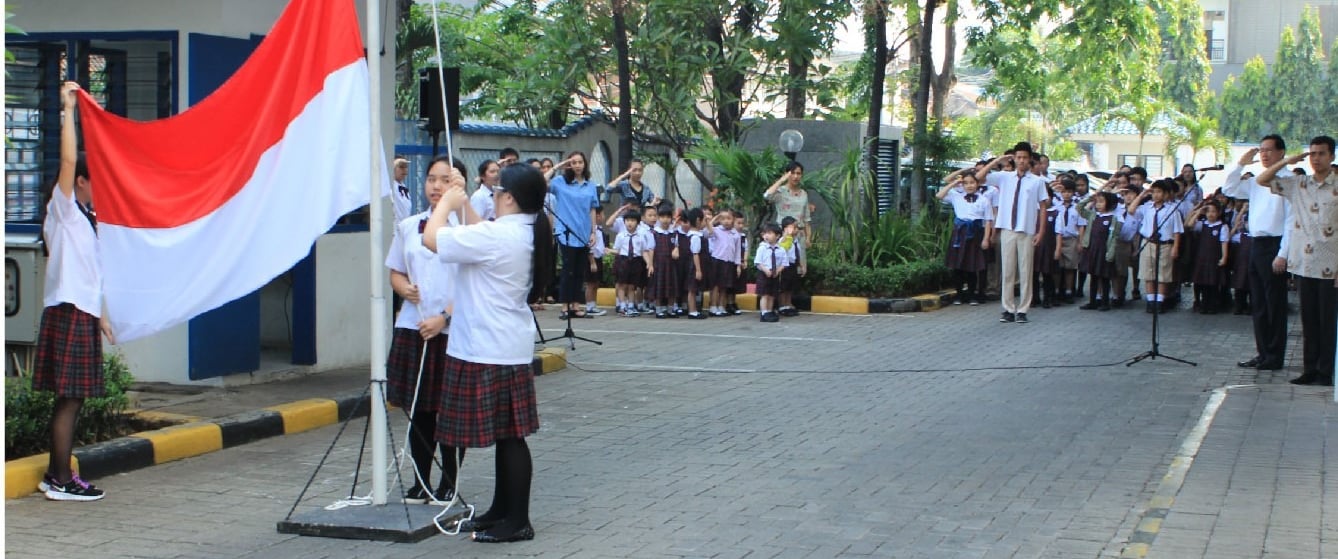

The Development of Homeschooling
The world still recognizes the United States as the country where homeschooling—or what is formally referred to in legal terms as “home education”—first began to grow and gain global attention. The homeschooling movement began in the 1970s when John Holt, an education researcher and advocate for education reform, launched the magazine Growing Without Schooling, which was published regularly starting in 1977.
Holt believed that government-run formal schools merely produced children to become obedient workers, without granting them the freedom to develop their unique individual identities. He sought to awaken parents to the idea of liberating their children from the constraints of institutional schooling—a concept that became known as the “unschooling” movement.
This movement gave rise to the first generation of homeschoolers in America and was further supported by other educational researchers, such as Raymond Moore. Moore emphasized that formal schooling could actually hinder a child's potential and advocated for the importance of the first five years of a child’s life—the so-called “golden years.” He proposed that educating children at home until at least the age of nine would provide a stronger foundation not only academically, but also psychologically, morally, and in the development of mature thinking.

